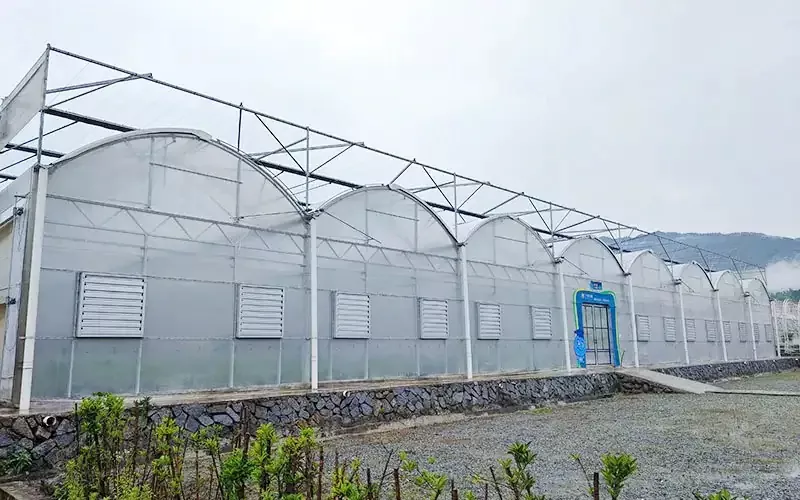What Materials Are Commonly Used to Build Greenhouses?
2025-07-18
When it comes to building a greenhouse, choosing the right materials is the first step toward creating a structure that's durable, efficient, and suited to your growing needs. Whether you're a hobbyist gardener or managing a commercial operation, understanding the most commonly used materials can help you make smarter decisions — and get the most out of your investment.
Frame Materials: The Backbone of Every Greenhouse
Aluminum
Aluminum is one of the most popular choices for greenhouse frames. It’s lightweight, rust-resistant, and requires little maintenance over time. Its clean, modern look also makes it a favorite among home gardeners and commercial growers alike.
Galvanized Steel
If you’re building a large or heavy-duty greenhouse, galvanized steel is a strong and cost-effective option. It stands up well to wind and snow loads, though over time it may need attention if its protective coating wears off.
Wood
For those who value a natural, classic aesthetic, wood offers both beauty and insulation. It performs well in cooler climates but does require regular maintenance to guard against rot, mold, or insect damage.
PVC
PVC framing is lightweight and affordable — perfect for small, temporary, or DIY greenhouses. However, it may not withstand harsh weather as well as metal or wood options.

Glazing Materials: Letting the Light In
Polycarbonate Panels
Polycarbonate is a favorite for modern greenhouses. Twin-wall panels provide excellent insulation while still allowing in plenty of light. They’re lightweight, shatter-resistant, and energy-efficient — a great all-around choice.
Polyethylene Film
Flexible and cost-effective, polyethylene film is widely used for larger commercial greenhouses. A double-layer design with air in between improves insulation. While this material typically needs replacing every few years, it’s easy and affordable to install.
Glass is the traditional choice for greenhouses and offers superior light transmission. It adds a touch of elegance and lasts for decades when properly maintained. However, it’s heavier and more fragile, so it’s best for permanent structures.
Acrylic or Fiberglass Panels
These alternatives offer durability and decent insulation. Fiberglass is lightweight and strong but can discolor over time under UV exposure. Acrylic panels provide good clarity and impact resistance.
Flooring Options: Don't Overlook the Ground
Gravel
Simple, inexpensive, and excellent for drainage. Gravel is a great base for walkways and general use.
Concrete
Ideal for long-term use, concrete is easy to clean and provides a stable, level surface. It’s often used in commercial greenhouses for high traffic and equipment mobility.
Pavers
Offering a good balance between function and aesthetics, pavers allow for drainage and provide a neat appearance.
Bare Soil
This is the most budget-friendly option and works for gardeners focused solely on planting. However, it may be less tidy and could attract pests if not managed properly.
Every greenhouse project is different — from climate conditions to crop type and budget. By selecting the right combination of materials, you can create a structure that supports healthy plant growth while standing the test of time.
Looking to design or upgrade your greenhouse? Our team offers a wide range of durable and customizable greenhouse materials tailored to your specific needs. Let us help you build a structure that works as hard as you do.